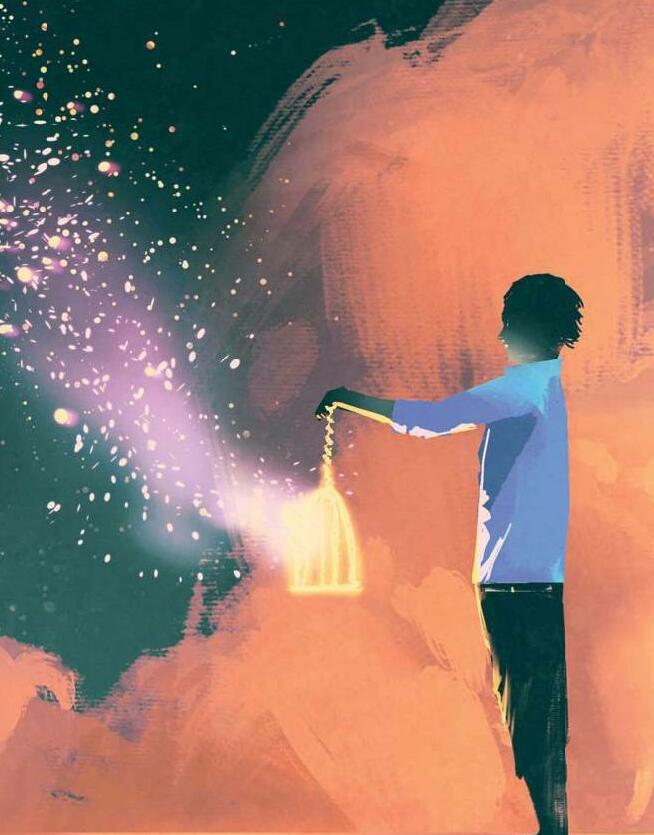
We typically associate wonder with science fiction, fantasy, or magical realism. Yet moments of wonder-an experience of amazement and awe that stills the mind and leaves us speechless-are all around us. Writers in any genre can captivate readers by using specific techniques to highlight the everyday wonder in daily life.
Wonder is a distinctly nonverbal experience, which differentiates it from curiosity (and the verb to wonder). Curiosity engages the thinking mind; the experience of wonder briefly stops thought.
Skilled writers can take everyday objects and processes and turn them into wondrous experiences for the reader.
As you read the examples below, notice how each author uses not only a given technique, but also their specificity of word choice and use of sensory engagement to evoke a sense of wonder. The more specific you are in drawing the reader in through sensory and somatic details, the more universally these moments will resonate.
ZOOMING IN AND BULLET TIME
In order to function in our world, we take many complex processes for granted-unfettered access to utilities, the functioning of our bodies, that hummingbirds and bees will continue to spread pollen. Each of these processes, though, is the inevitable result of dozens to hundreds of earlier moments.
Writers can evoke wonder by zooming in and slowing down time ("bullet time") or zooming in to show details invisible to the human eye.
A masterclass of this approach is Ruth Ozeki's A Tale for the Time Being, which entwines two narratives, one set in Japan and one on a small island off the coast of British Columbia. The latter gives rise to many moments of wonder like this one:
この記事は Writer’s Digest の September - October 2024 版に掲載されています。
7 日間の Magzter GOLD 無料トライアルを開始して、何千もの厳選されたプレミアム ストーリー、9,000 以上の雑誌や新聞にアクセスしてください。
すでに購読者です ? サインイン
この記事は Writer’s Digest の September - October 2024 版に掲載されています。
7 日間の Magzter GOLD 無料トライアルを開始して、何千もの厳選されたプレミアム ストーリー、9,000 以上の雑誌や新聞にアクセスしてください。
すでに購読者です? サインイン
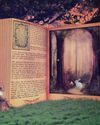
Avoiding the Dreaded Info Dump
Pouring too many details into a few pages is both the sign of an immature writer and an unfocused story.

FINDING LIGHT IN THE DARKNESS
How comic Gary Gulman effectively blends humor into his story of overcoming major depression.

Stephen Graham Jones
They say you should never meet your heroes. But speaking with Stephen Graham Jones is a lot like speaking with your local theater nerd about the history of Broadway, except with a lot more goosebumps and nightmares.
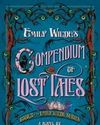
Failure Is the Foundation
I can recall exactly where I was when I came up with the idea for my adult fantasy series, Emily Wilde.
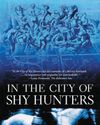
Fiction Is the Lie That Tells the Truth Truer
On the Legacy of Tom Spanbauer

What Is Your Story Question?
Revision and editing advice to take your first draft to the next level.

Writing for the People We Hope to Become
Elisa Stone Leahy's new middle-grade novel, Mallory in Full Color, tackles the in-between moments of adolescence, when who we are and who we want to become collide.
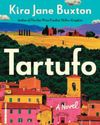
Creating Community
Whether hot off the presses or on the shelves for years, a good book is worth talking about.

Pat Barker
The Booker Prize-winning author of Regeneration shares the role characters play in developing novel ideas and explains what appeals to her about reimagining mythology.

How to Write in Different Genres
Emiko Jean and Yulin Kuang share tips and strategies for how they successfully write in different genres and mediums.
